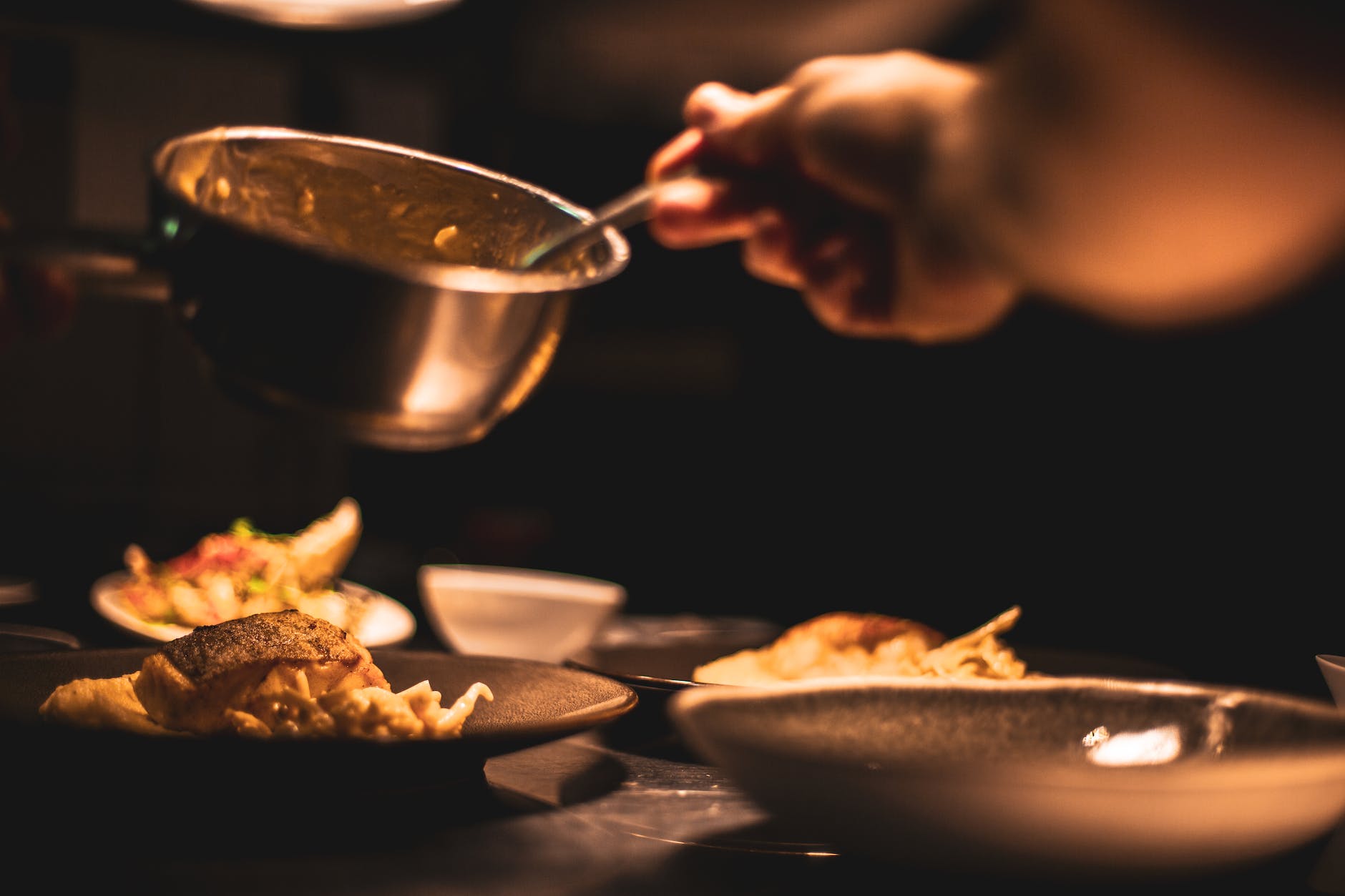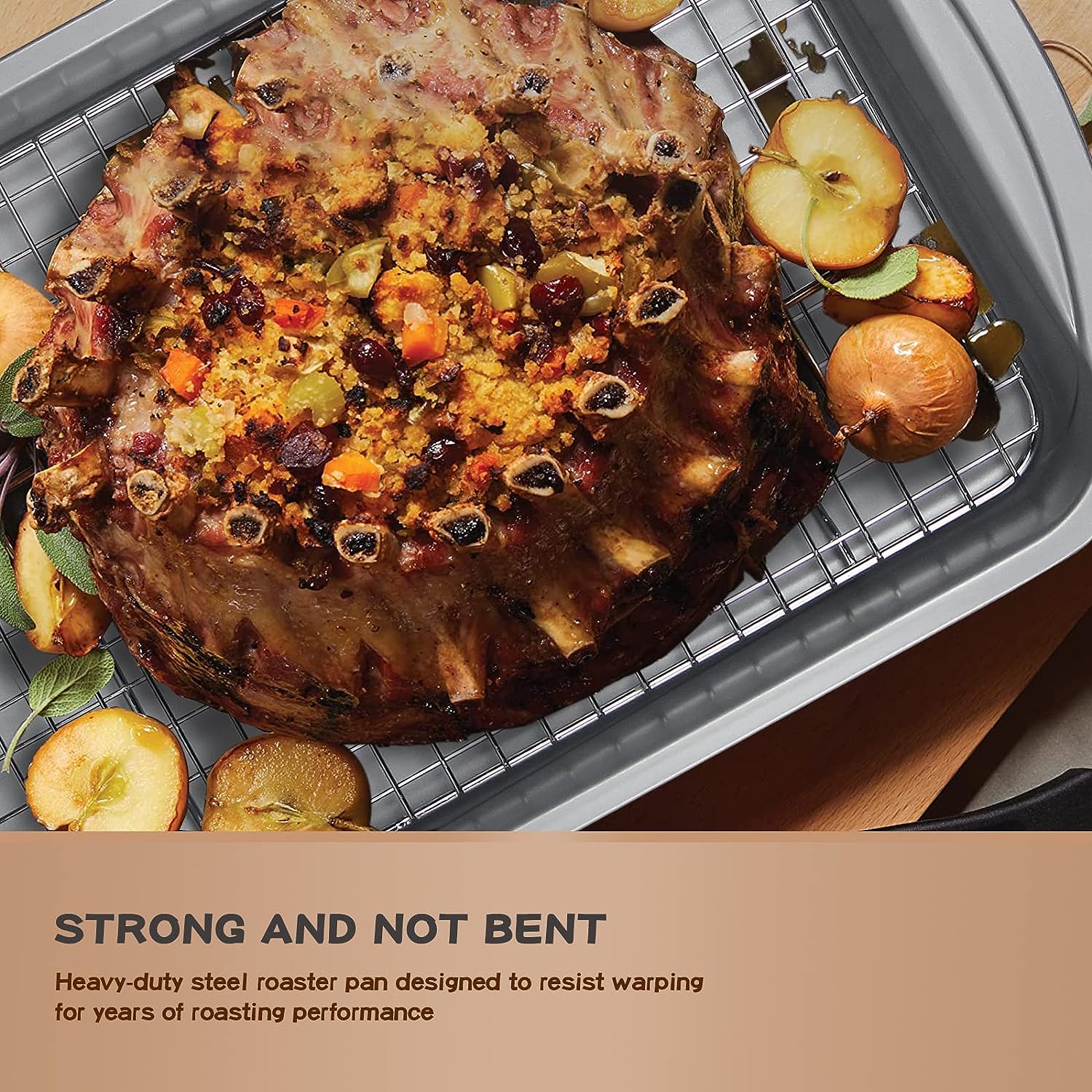When it comes to cooking, using copper cookware may seem like a brilliant choice at first. However, there are a few downsides to consider. From the potential risk of copper poisoning to the high maintenance required in cleaning and upkeep, copper cookware has its drawbacks. In this article, we will explore the disadvantages of using copper cookware and offer alternative options that can provide the same effectiveness without the drawbacks. So before you invest in that shiny copper pot, let’s discover why it may not be the best choice after all.

Copper Cookware Health Risks
Copper toxicity is a significant health risk associated with using copper cookware. Although copper is an essential mineral needed by the body in small amounts, excessive intake can lead to poisoning. Over time, prolonged exposure to high levels of copper from cooking with copper pots and pans can lead to copper toxicity. Symptoms of copper toxicity include nausea, vomiting, abdominal pain, and liver damage. It is important to note that the risk of copper toxicity is higher when acidic or alkaline foods are cooked in copper cookware, as these foods can cause the release of copper ions into the food.
Another health risk associated with copper cookware is the potential for allergic reactions. Some individuals may be allergic to copper or have a sensitivity to it, resulting in skin rashes or irritation when using copper cookware. If you have a known copper allergy or sensitivity, it is best to avoid using copper cookware and opt for alternative materials such as stainless steel or cast iron.
The leaching of harmful substances is another concern when it comes to copper cookware. While copper is generally a safe material, if the cookware is poorly made or if the lining has degraded, there is a risk of harmful substances being released into the food during cooking. These substances can include copper oxide or copper salts, which can be toxic if ingested in large amounts. It is essential to ensure that the copper cookware you use is of high quality and has a protective lining to prevent the leaching of harmful substances.
Reactivity with Certain Foods
Copper cookware can react with certain types of foods, particularly acidic foods. Acidic foods, such as tomatoes, vinegar, or citrus fruits, can cause a chemical reaction with the copper, resulting in a metallic taste and discoloration of the food. This can be unappealing both in terms of taste and appearance.
On the other hand, copper cookware can also react with alkaline foods, such as those with a high pH level. This can lead to the release of copper ions into the food, which can alter the taste and potentially pose a health risk, as mentioned earlier. It is important to consider these reactivity issues when choosing which pots and pans to use for specific recipes.
Additionally, highly salted dishes can also pose a problem when cooked in copper cookware. The salt can cause the copper to corrode or develop spots, affecting its durability and longevity. It is advisable to use alternative cookware for dishes that require high levels of salt to avoid potential damage to the copper.
Uneven Heat Distribution
One of the downsides of using copper cookware is its tendency to have uneven heat distribution. Copper conducts heat exceptionally well, but it can also create hot spots on the cooking surface. Hot spots can lead to uneven cooking, with some parts of the food being overcooked while others remain undercooked. This can be particularly frustrating when preparing delicate dishes that require precise temperature control.
Controlling the temperature can be a challenge with copper cookware. Copper heats up rapidly and cools down quickly, making it less forgiving for those who are not experienced or attentive cooks. Achieving and maintaining the desired temperature can be tricky, and it may take some time and practice to get the hang of cooking with copper cookware.
Lack of Durability
While copper cookware may evoke a sense of elegance and class, it is not the most durable option available. Copper is a soft metal and is prone to tarnishing over time. Frequent use and exposure to air can cause the copper to darken and develop a patina, which many consider a desirable characteristic. However, if you prefer to maintain the shiny appearance of your cookware, regular polishing and maintenance will be necessary.
In addition to tarnishing, copper cookware is also easily scratched. Care must be taken when using utensils or cleaning the cookware to avoid scratching the surface. Scratches can not only detract from the aesthetic appeal but can also affect the performance of the cookware. It is essential to handle copper cookware with care and use appropriate utensils to minimize the risk of damage.
Due to its susceptibility to tarnishing and scratching, copper cookware requires frequent maintenance. Regular polishing is necessary to maintain its appearance and prevent the development of a patina. While some may enjoy the process of polishing their copper cookware, others may find it time-consuming and demanding.

High Cost
One of the most significant disadvantages of copper cookware is its high cost. Copper is a precious metal, and as such, cookware made from it can be quite expensive. The initial investment for copper cookware is considerably higher compared to other materials, such as stainless steel or cast iron. This high cost can be prohibitive for those on a tight budget or those who prefer more affordable cookware options.
Weight and Handling
Copper cookware tends to be heavy and cumbersome due to the nature of the material. The weight can make it difficult to handle, especially when lifting or maneuvering the pots and pans. This can be particularly challenging for individuals with limited strength or mobility. The heaviness of the cookware can make it a less practical option for everyday use, especially if you prefer lightweight and easy-to-handle cookware.

Limited Compatibility
Another downside of copper cookware is its limited compatibility with certain cooking methods. One example is induction stove compatibility. Copper is not an inherently magnetic material, making it incompatible with induction cooktops that rely on magnetic fields to generate heat. If you have an induction stove, you will need to choose alternative cookware that is compatible with this type of cooking technology.
Furthermore, copper cookware may not be suitable for certain cooking methods. For instance, it is not recommended to use copper cookware for recipes that require long simmering or cooking acidic foods for extended periods. The reactivity of copper with certain foods and extended exposure to heat can lead to undesirable effects on the taste and quality of the food. It is important to consider the specific requirements of your recipes and cooking methods when deciding whether to use copper cookware.
Food Interaction
When cooking with copper cookware, you may experience altered taste and appearance of certain foods. As mentioned earlier, the reactivity of copper with acidic or alkaline foods can result in a metallic taste and discoloration of the food. This can be particularly disappointing when preparing dishes that are meant to have vibrant colors or delicate flavors.
Additionally, copper cookware may not provide the ideal cooking surface for certain types of recipes. For example, non-stick coatings are not commonly found on copper cookware, making it less suitable for cooking delicate foods like eggs or pancakes that require a non-stick surface. The lack of a non-stick coating can make it challenging to achieve the desired texture and prevent sticking.
Maintenance Challenges
The maintenance of copper cookware can be a challenging task for some individuals. Regular polishing is required to keep the cookware looking its best and to prevent the development of a patina. This can be time-consuming and may not be appealing to those who prefer low-maintenance cookware options.
Copper patina, which refers to the darkening and development of a protective layer on the surface of the copper, is a natural occurrence. While some consider it desirable and even believe it enhances the cooking properties of the copper, others may find it unappealing and prefer to maintain the shiny appearance of their cookware. The decision to embrace or prevent the formation of a patina will depend on personal preference.
Short Lifespan
Copper cookware, despite its elegance and charm, does not have the longest lifespan when compared to other materials. Over time, the protective lining on the cookware may deteriorate, leading to the release of copper into the food. Additionally, frequent use and maintenance, such as polishing and cleaning, can contribute to wear and tear on the cookware, reducing its overall lifespan. It is important to consider the longevity of your cookware investment and plan for eventual replacement as needed.
In conclusion, while copper cookware may have its allure and appeal, it is essential to be aware of its disadvantages. Health risks, reactivity with certain foods, uneven heat distribution, lack of durability, high cost, weight and handling challenges, limited compatibility with certain cooking methods, food interaction issues, maintenance challenges, and its relatively short lifespan are all factors to consider when deciding whether to invest in copper cookware. Ultimately, the choice of cookware material is a personal one and should take into consideration your cooking preferences, needs, and budget.













